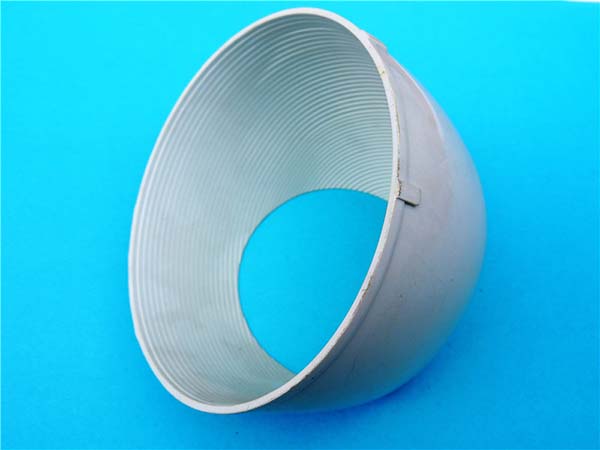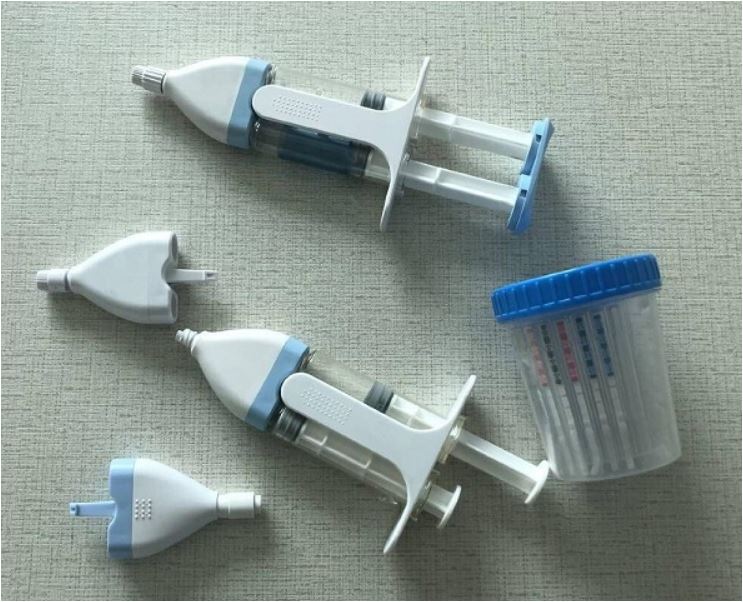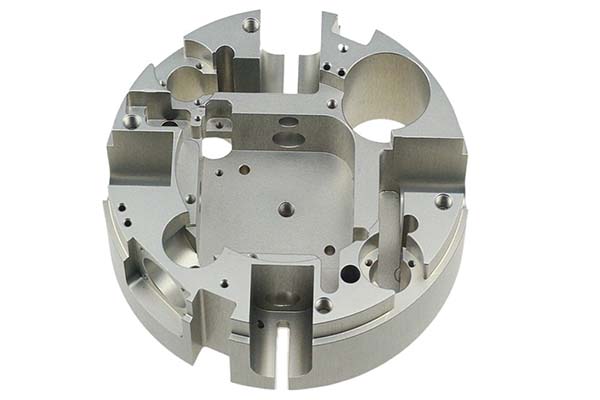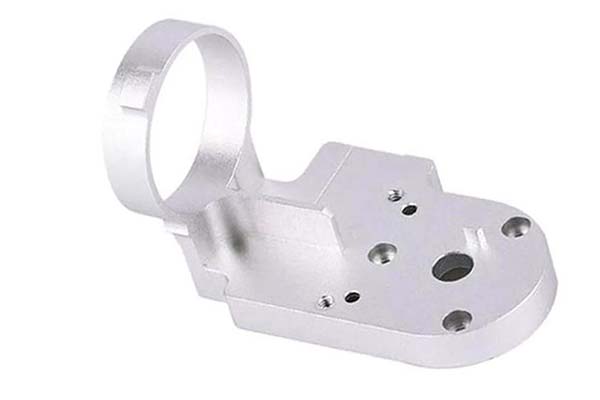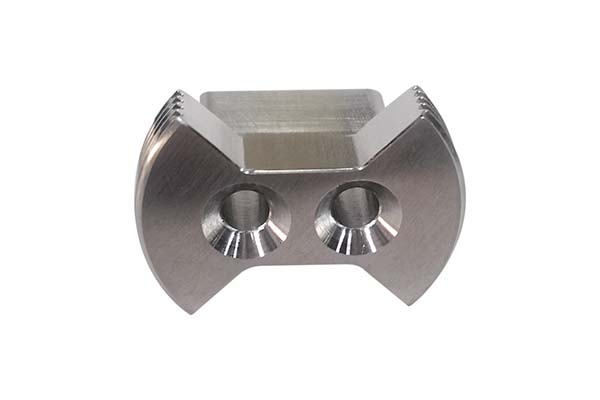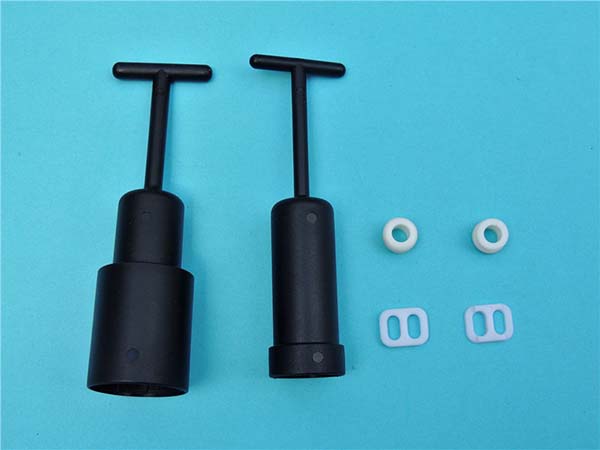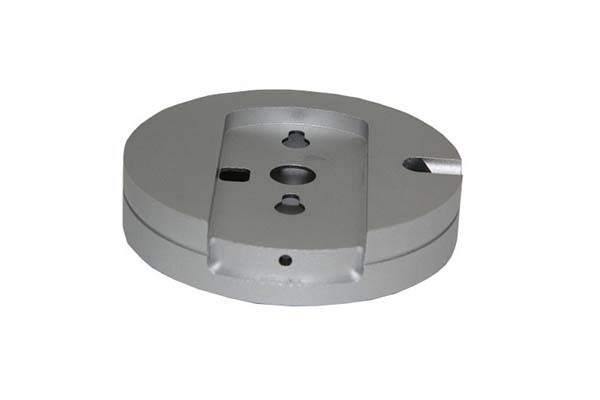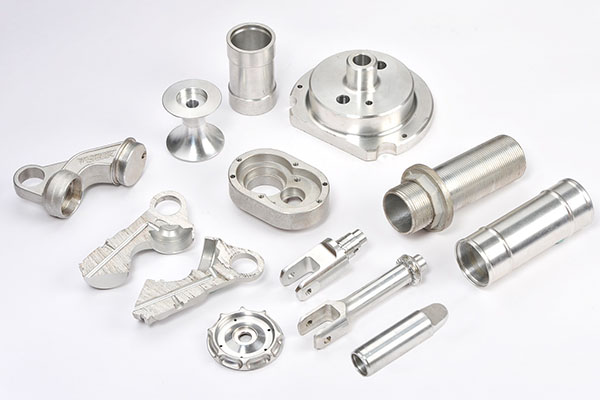What is Rapid Manufacturing?
In the fast - paced world of modern manufacturing, the term "rapid manufacturing" has been gaining significant traction. But what exactly does it entail?
Definition and Basics
Concept Explanation
Rapid manufacturing, at its core, is a revolutionary approach that enables the quick production of end - use products directly from digital data. It combines digital technology with numerical control technology. Instead of the traditional, time - consuming manufacturing processes that often involve multiple steps of tooling, prototyping, and production, rapid manufacturing uses computer - controlled equipment to transform a design model into a finished product in a much shorter time frame.
For example, in a traditional manufacturing process for creating a small plastic component, one might need to first create a mold through a series of machining operations, which could take days or even weeks. Then, the plastic material is injected into the mold to form the component. In rapid manufacturing, if the design of the plastic component is available in a digital format (such as a CAD file), a 3D printer (a common rapid manufacturing device) can start building the component layer by layer, often completing the process within hours.
Core Elements
Computer - Aided Design (CAD)
CAD is the starting point of most rapid manufacturing processes. CAD software allows designers to create highly detailed 3D models of products. These models can be easily modified, tested, and optimized before any physical production begins. With CAD, designers can experiment with different shapes, sizes, and features, and even perform simulations to ensure the product will function as intended. For instance, in the automotive industry, CAD is used to design engine parts. Engineers can simulate the flow of fluids through a new engine manifold design, check for any potential weak points, and make adjustments to the CAD model until it meets the required performance standards.
Numerical Control (NC) Technology
NC technology is what enables the precise control of manufacturing equipment in rapid manufacturing. Machines such as 3D printers, CNC (Computer Numerical Control) mills, and lathes use NC programs. These programs are sets of instructions that tell the machine how to move, what operations to perform, and in what sequence. In a CNC milling machine used for rapid manufacturing of metal parts, the NC program will specify the depth of cuts, the speed of the spindle, and the path the cutting tool should follow to shape the metal according to the CAD model. Without NC technology, the high - precision and efficient production characteristic of rapid manufacturing would not be possible.
Comparison with Traditional Manufacturing
Tooling Requirement
Traditional Manufacturing
In traditional manufacturing, tooling is often a necessary and significant part of the production process. For example, in injection molding, creating a mold for a plastic product can be extremely costly. A simple plastic toy mold might cost thousands of dollars, and for more complex parts like automotive interior components, the mold cost can skyrocket to tens of thousands or even hundreds of thousands of dollars. The process of making these molds is also time - consuming. It involves multiple machining operations such as milling, turning, and EDM (Electrical Discharge Machining) to shape the mold cavity precisely. This can take weeks or even months depending on the complexity of the mold.
Rapid Manufacturing
Rapid manufacturing, on the other hand, eliminates or significantly reduces the need for tooling. Thanks to digital technology, products can be directly fabricated from digital models. In 3D printing (a common rapid manufacturing method), the machine reads the digital data from a CAD file and deposits materials layer by layer to build the product. There is no need to create a physical mold first. This not only saves the high cost of tooling but also the time spent on mold making, making rapid manufacturing a more cost - effective and time - efficient option, especially for small - batch production or prototyping.
Production Time
The following table clearly shows the difference in production time between traditional manufacturing and rapid manufacturing for a simple product, a small plastic part with a volume of about 100 cubic centimeters:
| Manufacturing Method | Design Approval to First Article Time | Time for a Batch of 100 Parts Production |
| Traditional Manufacturing | 2 - 3 weeks (including mold design and fabrication) | 1 - 2 days (after mold is ready) |
| Rapid Manufacturing | 1 - 2 days (only digital design review) | 1 - 3 hours (depending on the 3D printer speed) |
As we can see, traditional manufacturing has a much longer lead time due to the time - consuming mold - making process and the relatively slow production speed of traditional production lines. In contrast, rapid manufacturing can quickly turn a design into a physical product, reducing the overall production time significantly.
Customization Ability
Traditional Manufacturing
Customization in traditional manufacturing comes with many limitations. When it comes to changing the design of a product, in traditional manufacturing, if a customer requests a minor change to a product, such as a different shape or size of a plastic component, the entire production process may need to be adjusted. This often involves re - designing and re - fabricating the tooling, which is extremely costly and time - consuming. For example, if a company wants to produce a custom - shaped handle for a kitchen utensil using traditional injection molding, changing the handle's design would require a new mold, which could disrupt the production schedule and increase costs substantially.
Rapid Manufacturing
Rapid manufacturing shines in its ability to achieve high - level customization. Since it starts from digital models, making design changes in the CAD software is relatively easy. Once the digital design is modified, the rapid manufacturing equipment can quickly produce the customized product. For instance, in the production of personalized dental implants, rapid manufacturing can create implants that are precisely tailored to each patient's unique dental structure. By simply adjusting the digital model according to the patient's dental scan data, the 3D printer can produce a perfectly fitting implant, something that would be extremely difficult and expensive to achieve with traditional manufacturing methods.
Application Scenarios
Automotive Industry
In the automotive industry, rapid manufacturing has found a wide range of applications. General Motors (GM) is a prime example. GM uses rapid manufacturing techniques to produce prototypes of new car parts. For instance, when developing a new design for an engine bracket, instead of spending months creating a traditional prototype through a complex casting and machining process, GM can use 3D printing (a form of rapid manufacturing).
The 3D printer builds the engine bracket layer by layer based on the CAD model. This not only reduces the prototype development time from months to just a few days but also allows for quick design iterations. If the design needs to be adjusted, the CAD model can be modified, and a new prototype can be printed immediately.
In terms of production, rapid manufacturing also enables the on - demand production of spare parts. GM can store the digital models of various spare parts. When a rare or discontinued part is needed, instead of maintaining a large inventory, they can simply print the part using rapid manufacturing technology. This reduces inventory costs and ensures that customers can get the parts they need in a timely manner.
Medical Field
In the medical field, rapid manufacturing plays a crucial role in creating customized medical devices and prosthetics. For customized prosthetics, every patient has a unique body structure. Traditional methods of creating prosthetics often involve a long - and - complex process of taking measurements, making molds, and then fabricating the prosthetic. With rapid manufacturing, doctors can take a 3D scan of the patient's residual limb. This scan data is then used to create a digital model of the prosthetic in CAD software. The model can be optimized for fit, comfort, and functionality. A 3D printer can then produce the prosthetic, which is precisely tailored to the patient's limb. This results in a more comfortable and better - fitting prosthetic, improving the patient's quality of life.
For customized medical devices like dental implants or orthopedic implants, rapid manufacturing allows for the production of implants that match the patient's unique anatomy. In the case of dental implants, a 3D scan of the patient's mouth can be used to design an implant that fits perfectly into the jawbone, reducing the risk of rejection and improving the success rate of the implant surgery.
Yigu Technology's Viewpoint
As a non - standard plastic metal products custom Supplier, Yigu Technology believes that rapid manufacturing brings new opportunities to the industry. It enables more efficient and flexible production, meeting the diverse needs of customers. With rapid manufacturing, we can quickly turn our customers' unique designs into high - quality products. This not only shortens the lead time but also reduces costs. We are actively exploring the application of relevant rapid manufacturing technologies, such as 3D printing for plastic parts and CNC machining for metal components, to continuously enhance our competitiveness in the market and provide better services to our clients.
FAQs
What are the main technologies used in rapid manufacturing?
The main technologies in rapid manufacturing include 3D printing (such as Fused Deposition Modeling - FDM, Stereolithography - SLA), CNC (Computer Numerical Control) machining (milling, turning), and laser cutting, water jet cutting. 3D printing builds objects layer by layer, CNC machining precisely shapes materials with computer - controlled tools, while laser and water jet cutting use high - energy beams or high - pressure water jets to cut materials according to digital designs.
Is rapid manufacturing suitable for large - scale production?
Rapid manufacturing is more advantageous for small - batch production and customized products due to its flexibility and low tooling cost. However, for large - scale production, it depends. In some cases, with proper planning and technological advancements, it can be used. For example, if the product has complex geometries that are difficult to produce with traditional mass - production methods, rapid manufacturing can be a viable option. But generally, traditional manufacturing methods like injection molding are still more cost - effective for high - volume production of simple - shaped products.
How does rapid manufacturing ensure product quality?
Rapid manufacturing ensures product quality through a digital - first approach. The entire process starts with a highly accurate digital model in CAD software. During production, software - controlled equipment automates the manufacturing process, minimizing human errors. Precise parameter settings for machines, such as the layer thickness in 3D printing or the cutting speed in CNC machining, guarantee consistent quality from one product to another. Additionally, quality control checks can be integrated into the digital workflow, allowing for real - time monitoring and adjustment during production.
